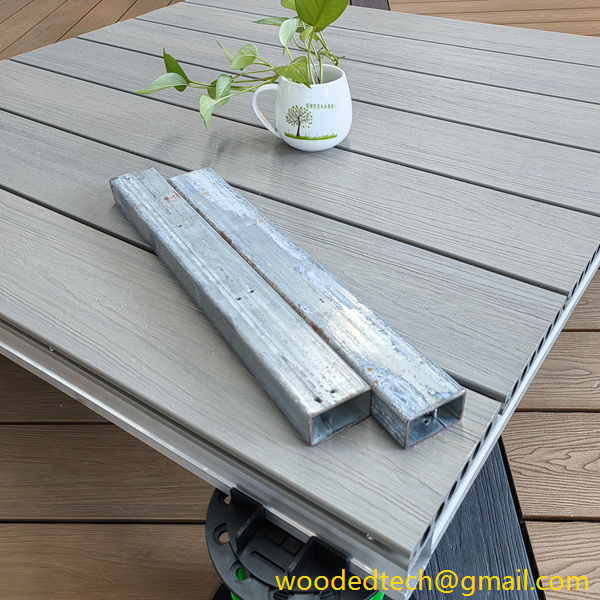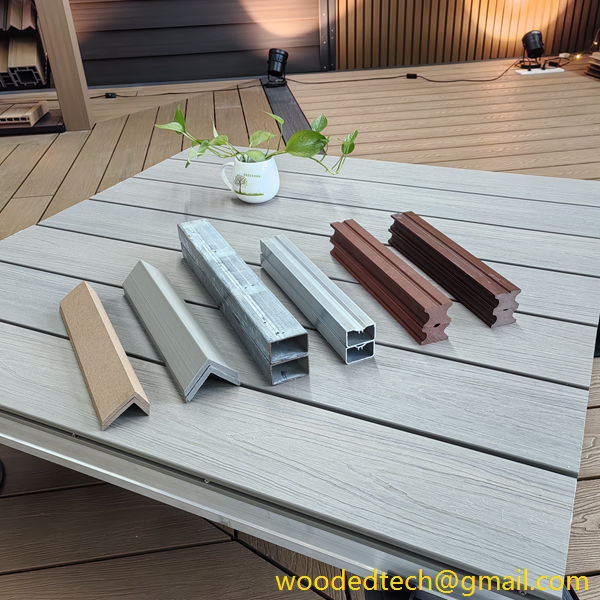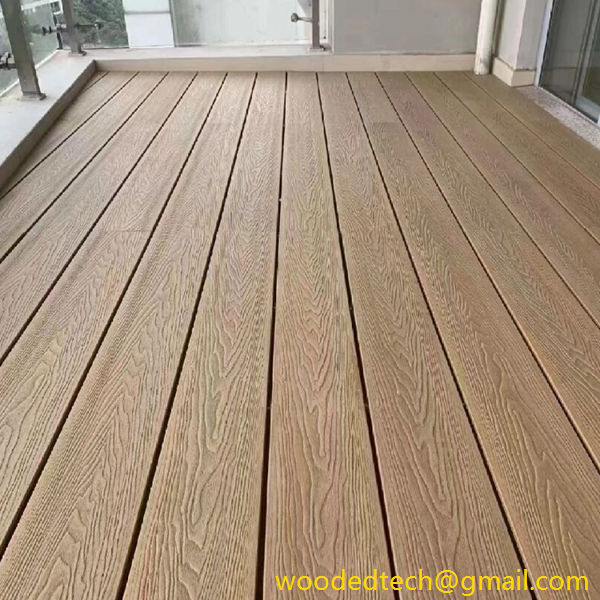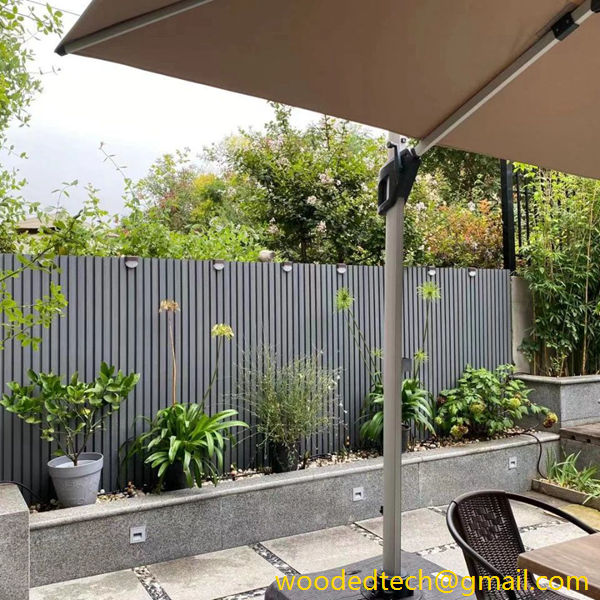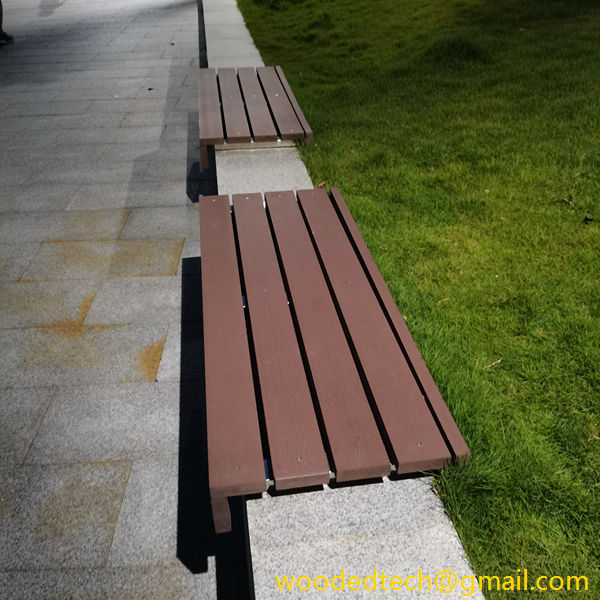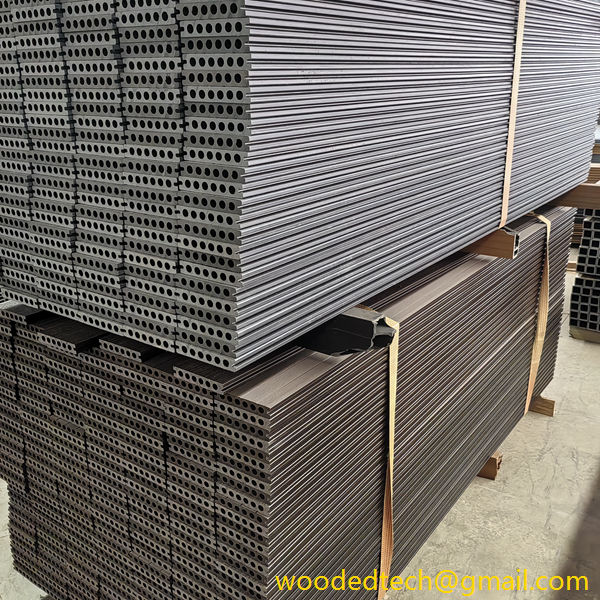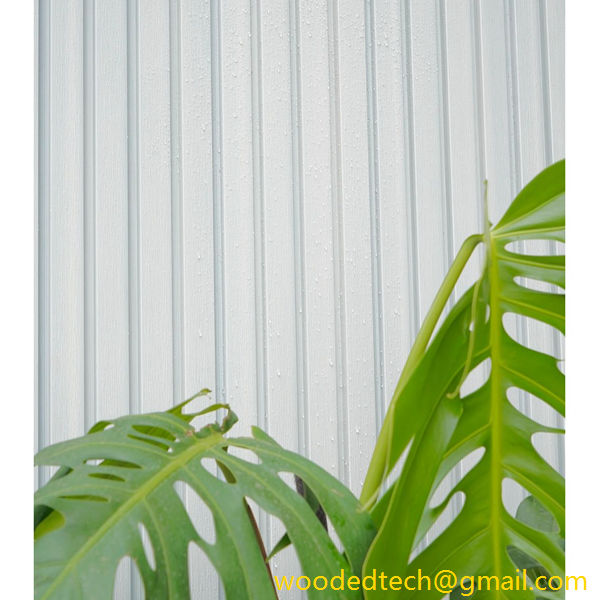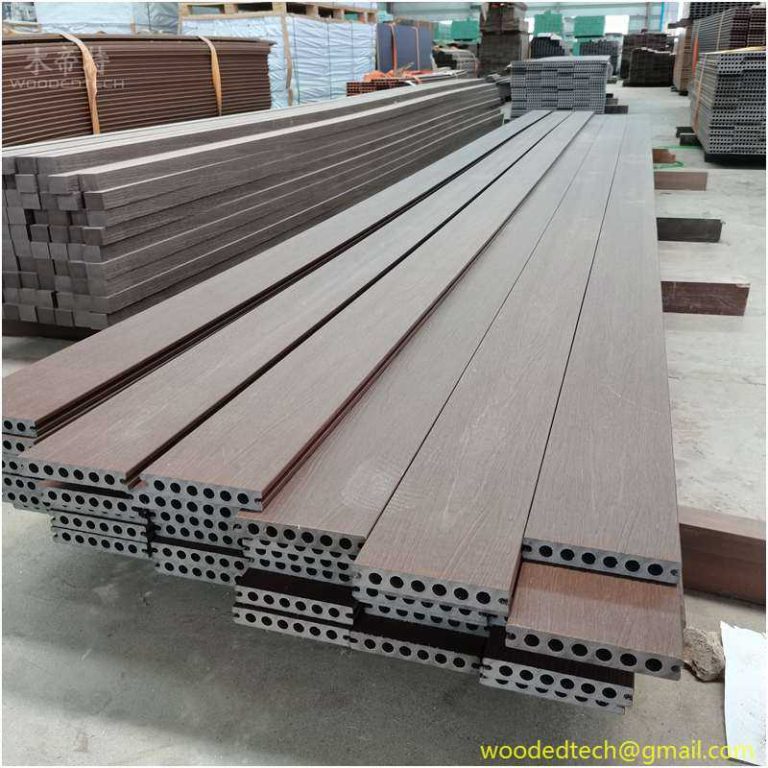Joists for Composite Decking: Essential Considerations
Joists for Composite Decking: Essential Considerations Joists for composite decking play a crucial role in the overall performance, durability, and longevity of a decking system. When selecting joists, several essential considerations must be taken into account to ensure the structural integrity and aesthetic appeal of the composite decking. This article aims to provide an in-depth…
Joists for Composite Decking: Essential Considerations
Joists for composite decking play a crucial role in the overall performance, durability, and longevity of a decking system. When selecting joists, several essential considerations must be taken into account to ensure the structural integrity and aesthetic appeal of the composite decking. This article aims to provide an in-depth view of the factors affecting the choice of joists for composite decking, encompassing material selection, spacing, treatment, installation techniques, and maintenance.
Composite decking has gained immense popularity due to its attractive appearance and low maintenance requirements compared to traditional wood decking. However, the performance of composite decking relies heavily on the underlying support structure, primarily the joists. Joists serve as the backbone of the decking system and are responsible for supporting the weight of the decking boards and any additional loads, such as furniture and foot traffic. Therefore, selecting the appropriate joists is essential for ensuring that the composite decking performs well over its intended lifespan.
One of the primary considerations when choosing joists for composite decking is the material. Joists can be made from various materials, including wood, engineered wood, and metal. Each material has its advantages and disadvantages. For instance, traditional wood joists offer excellent strength and are often more affordable. However, they are susceptible to rot, warping, and insect damage, which can compromise the integrity of the decking. Engineered wood joists are designed to provide enhanced stability and resistance to environmental factors, making them a more reliable option for composite decking. Metal joists, such as those made from aluminum or galvanized steel, are exceptionally durable and resistant to corrosion, making them ideal for areas with high moisture levels or exposure to the elements.
Once the material is selected, another critical consideration is the spacing of the joists. The spacing between the joists significantly affects the performance of the composite decking. Most manufacturers recommend a specific spacing, typically ranging from 12 to 16 inches on center, depending on the type of composite decking being installed. Proper spacing ensures that the decking boards are adequately supported and can prevent sagging or deformation over time. It is important to follow the manufacturer’s guidelines for both joist spacing and the decking material to avoid warranty issues and ensure optimal performance.
The treatment of joists is also an essential factor to consider. Treated wood joists are often used in outdoor applications to enhance resistance to moisture, rot, and pests. Pressure-treated lumber undergoes a chemical process that helps to prolong its life when exposed to the elements. For composite decking, using treated joists is particularly important, as the decking material may be more susceptible to moisture-related issues if the underlying structure is not adequately protected. In contrast, engineered wood and metal joists often come with built-in protective features that can reduce the need for additional treatment.
Installation techniques are another critical aspect of using joists for composite decking. Proper installation is vital to ensuring the longevity and stability of the decking system. It is essential to ensure that the joists are level and aligned correctly before laying the decking boards. Uneven joists can lead to a host of problems, including warped decking, uneven surfaces, and potential safety hazards. Additionally, using the correct fasteners and hardware is crucial to secure the decking boards to the joists effectively. Many composite decking manufacturers recommend specific fasteners to ensure compatibility and maintain warranty coverage.
The climate and environmental conditions in which the decking will be installed also influence the choice of joists. Areas with high humidity or frequent rainfall may require more durable materials, such as metal joists, to prevent rust and corrosion. Conversely, in regions with dry climates, traditional wood or engineered wood joists may perform adequately. Understanding the local environmental conditions is essential for selecting the right materials and installation methods to ensure the longevity of the composite decking.
Finally, maintenance is another key consideration when selecting joists for composite decking. Although composite decking is known for its low maintenance requirements, the underlying joists still require attention. Regular inspections should be conducted to check for any signs of damage or wear. For wooden joists, monitoring for rot or insect infestations is critical. Metal joists should also be inspected for signs of corrosion, particularly in coastal areas where salt exposure can be a concern. Implementing a routine maintenance schedule can help prolong the life of both the joists and the composite decking.
In conclusion, joists for composite decking are a critical component of the overall decking system. Selecting the right material, ensuring proper spacing, treating the joists appropriately, employing correct installation techniques, considering environmental factors, and establishing a maintenance routine are all essential for achieving a durable and visually appealing decking solution. By paying close attention to these considerations, homeowners and builders can ensure that their composite decking will provide years of enjoyment and service.

